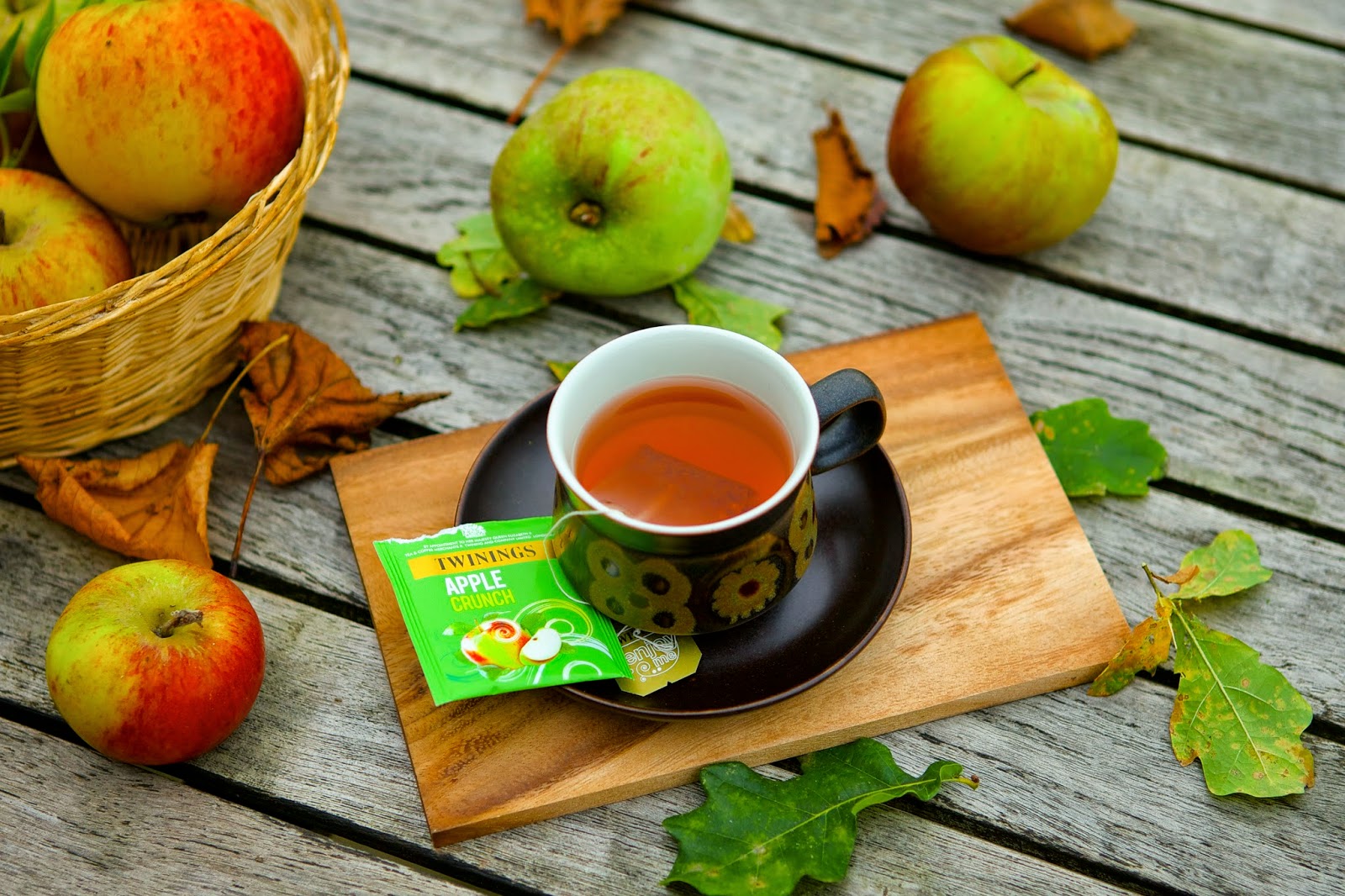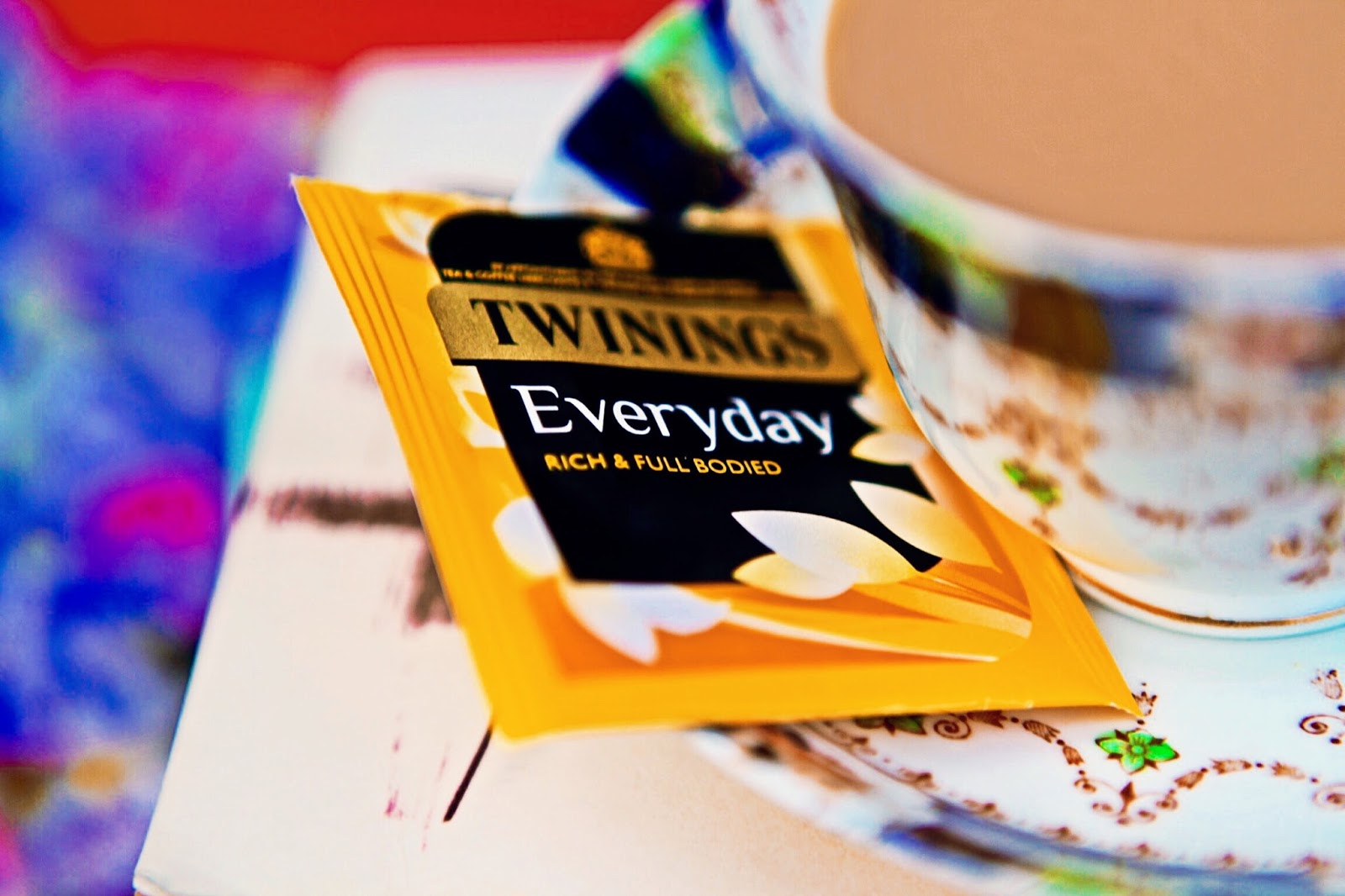Apple tea is surprisingly popular, and I was slightly sceptical as I am not a huge fan of apples, but this particular blend I really enjoyed. This was one of the envelopes from the 'pick and mix' box I ordered from Twinings and not something that I would have necessarily picked for myself, but having tried it I may be buying an entire box!
Apples are considered to be a ancient symbols of love; they are also thought to be the first trees ever cultivated.
So, one of the oldest traditions of tea drinking meets with one of the most traditional fruits in this infusion, which is made from real apple pieces that really can be tasted in the cup.
I really had no idea what to expect from this tea, but as soon as I added the boiling water the scent of a spring orchard filled the air. It smells pungent and sweet with the floral aroma of apples.
The flavour is quite tart and sharp, but there is also a backdrop of sweetness that gives you images of traditional british apple trees basking in summer sunlight.
This tangy infusion was also quite refreshing, and as all Twinings teas calming and relaxing.
As a fruit blend it has very natural flavours that do not taste artificial or of sweeteners, but purely and simply of an honest apple. It also tastes rather like a Granny Smith apple, these are tarter and have a stronger flavour than some other varieties. But this tea also reminds me of a typically English fruit - The Cooking Apple, and it brings back memories of apple tarts and crumbles.
It is truly homely and comforting, and if you are a fan of apples you will be sure to enjoy it; and even if you're not - give it a go; you may be surprised!
I steeped my cup for 4-5 minutes as I prefer a stronger flavour, but if you steep for slightly less the flavour will be lighter and less tart. I think this blend is best without milk.
Boxes can be bought from the Twinings website here for £1.49.
© Photography taken by and copyright to Elizabeth Mawson and 'Tea is Always a Good Idea'.

















